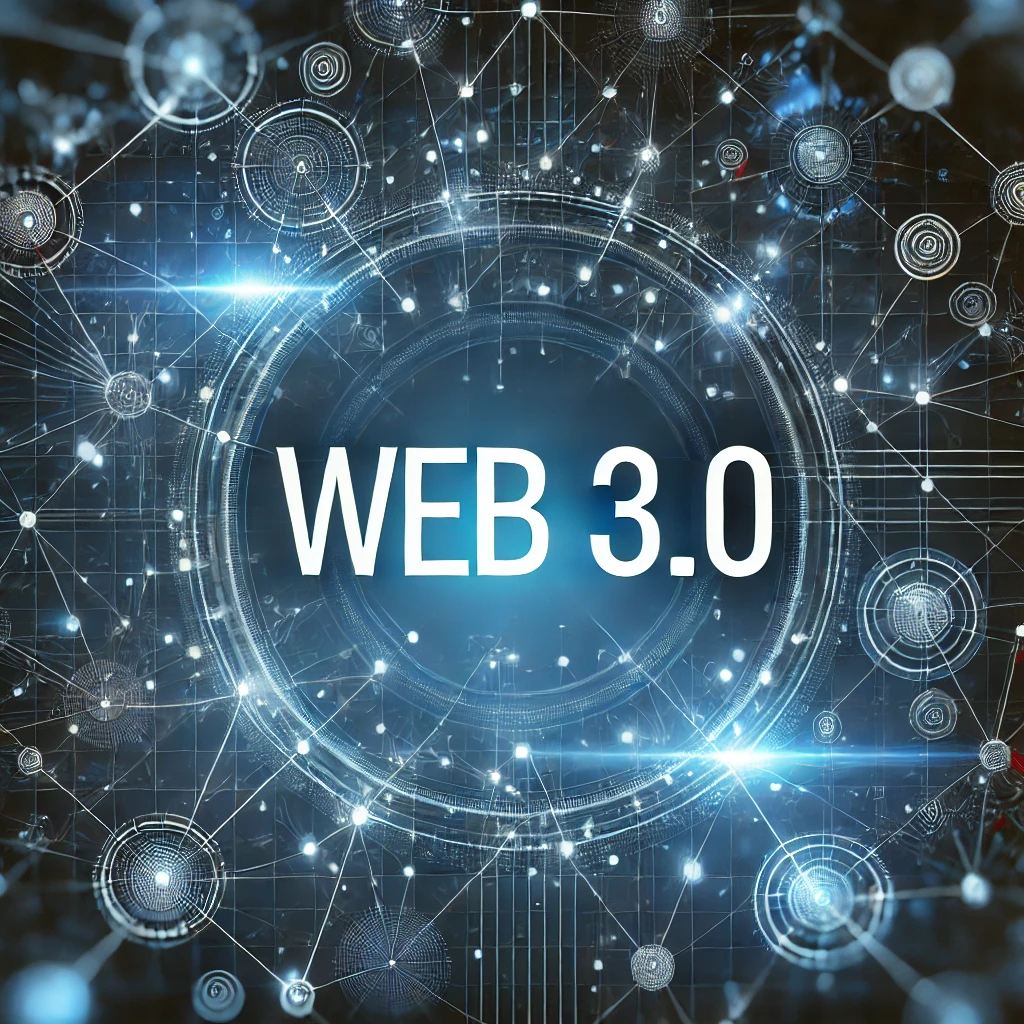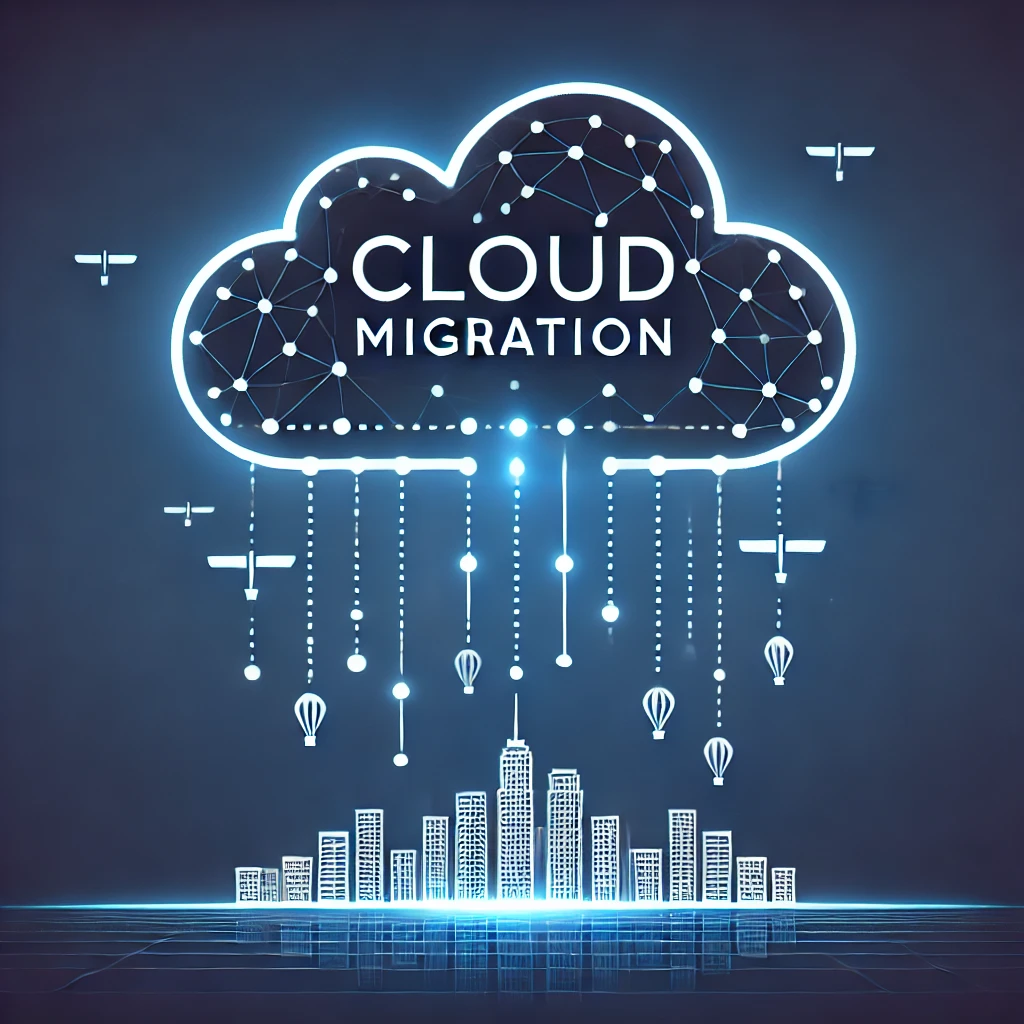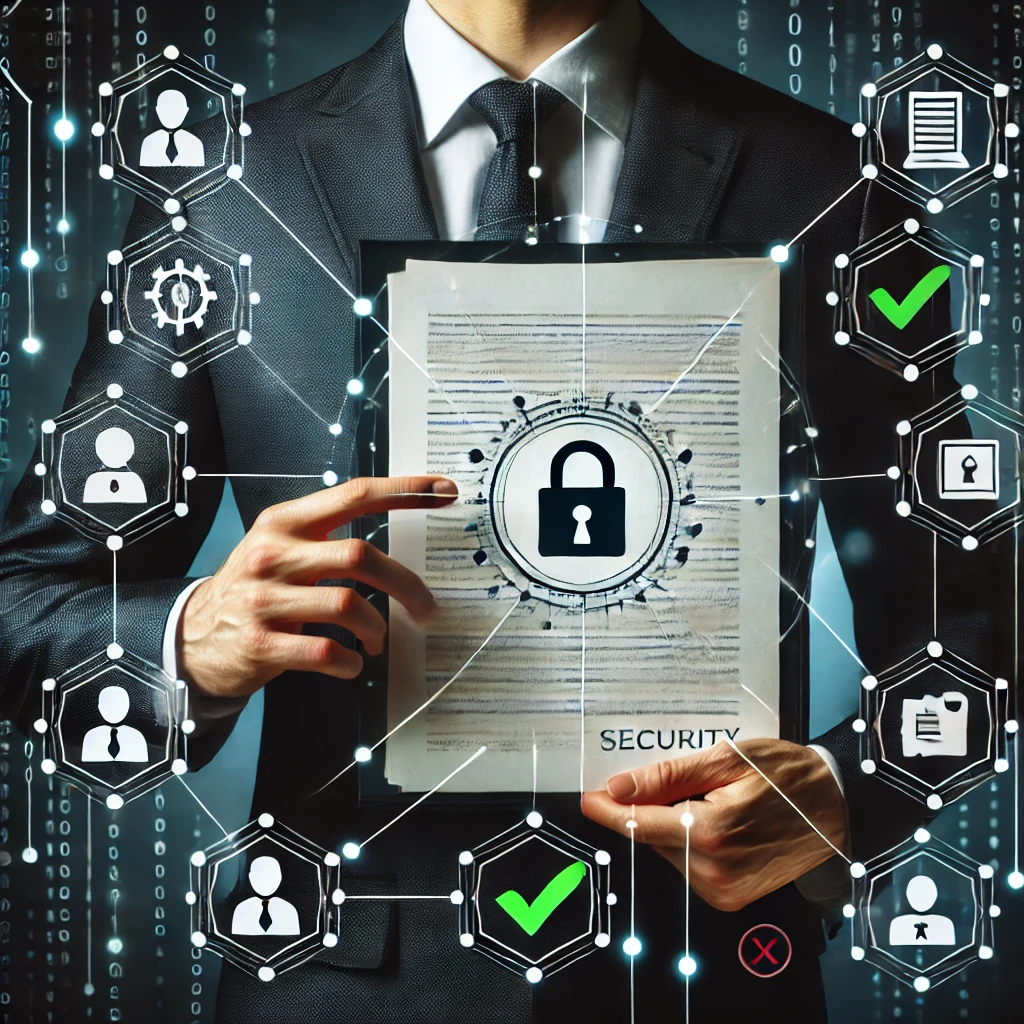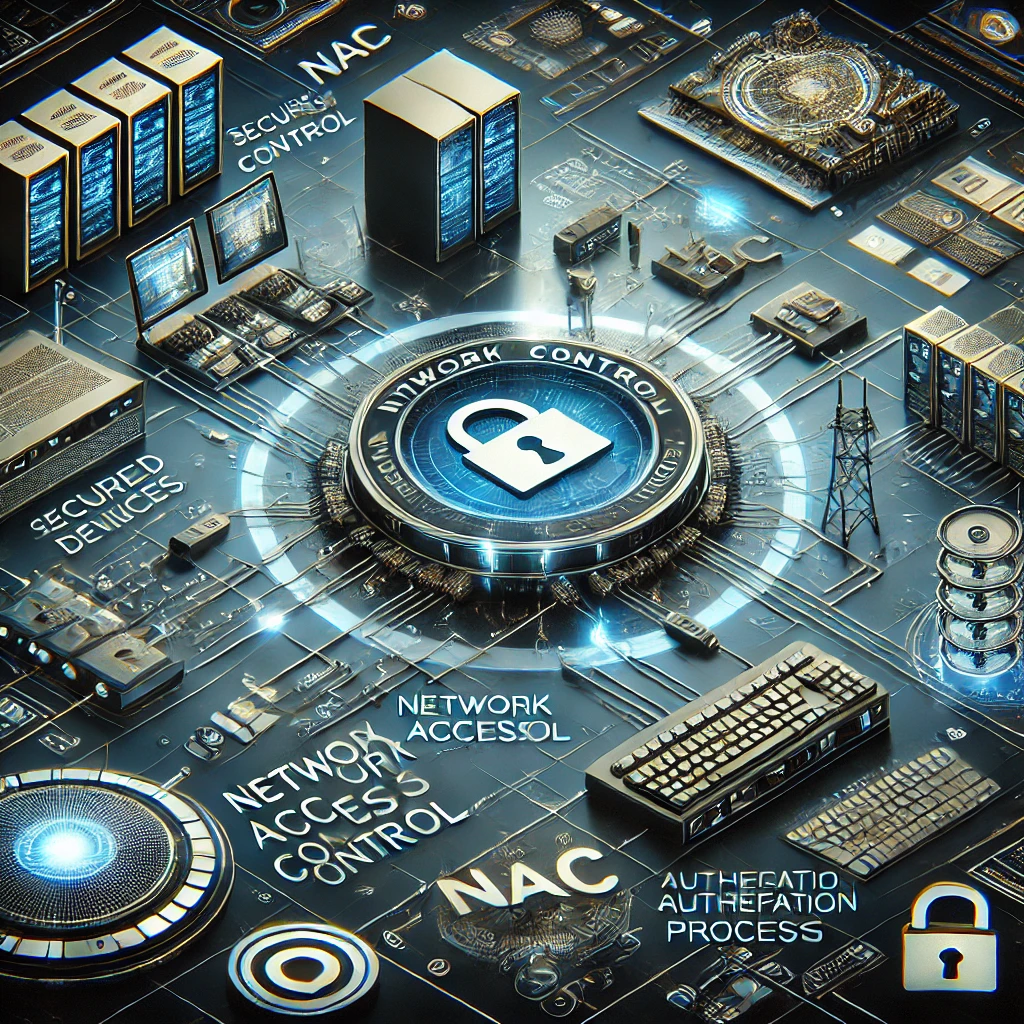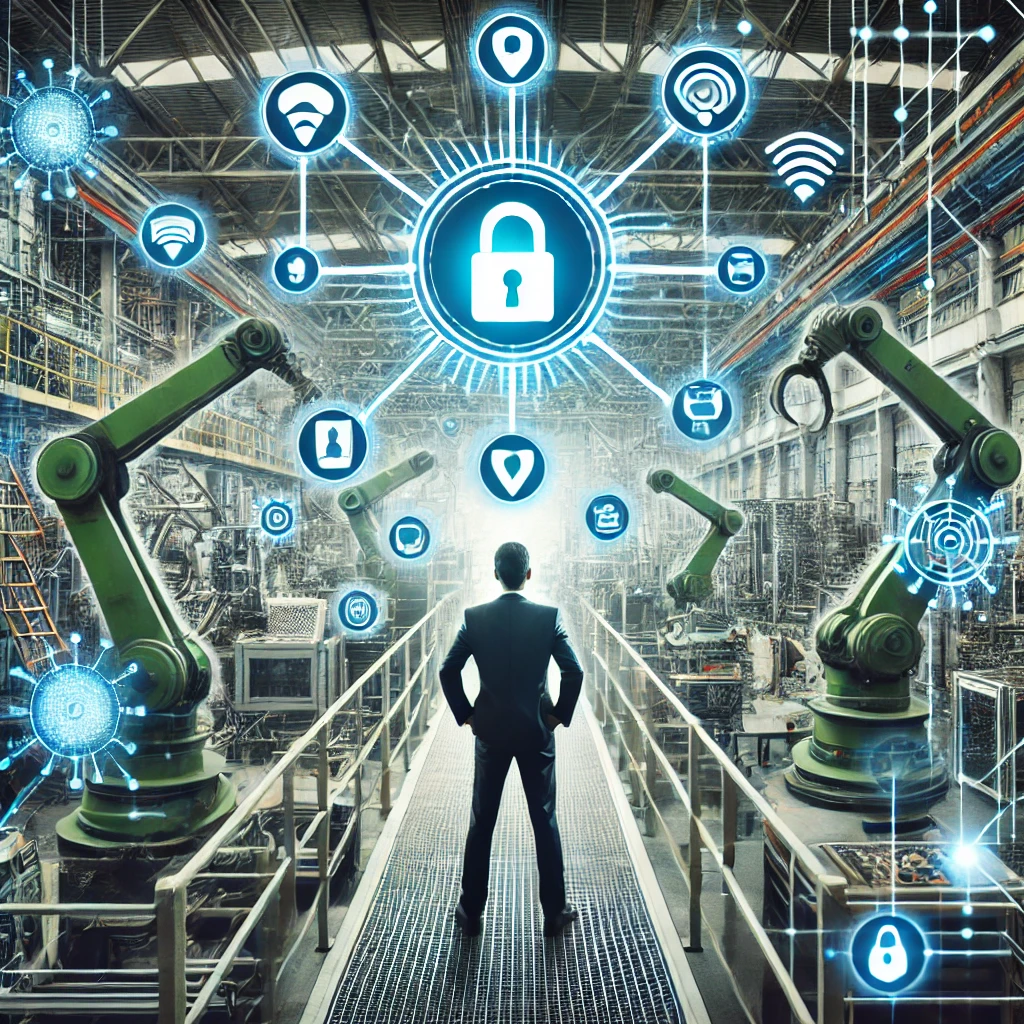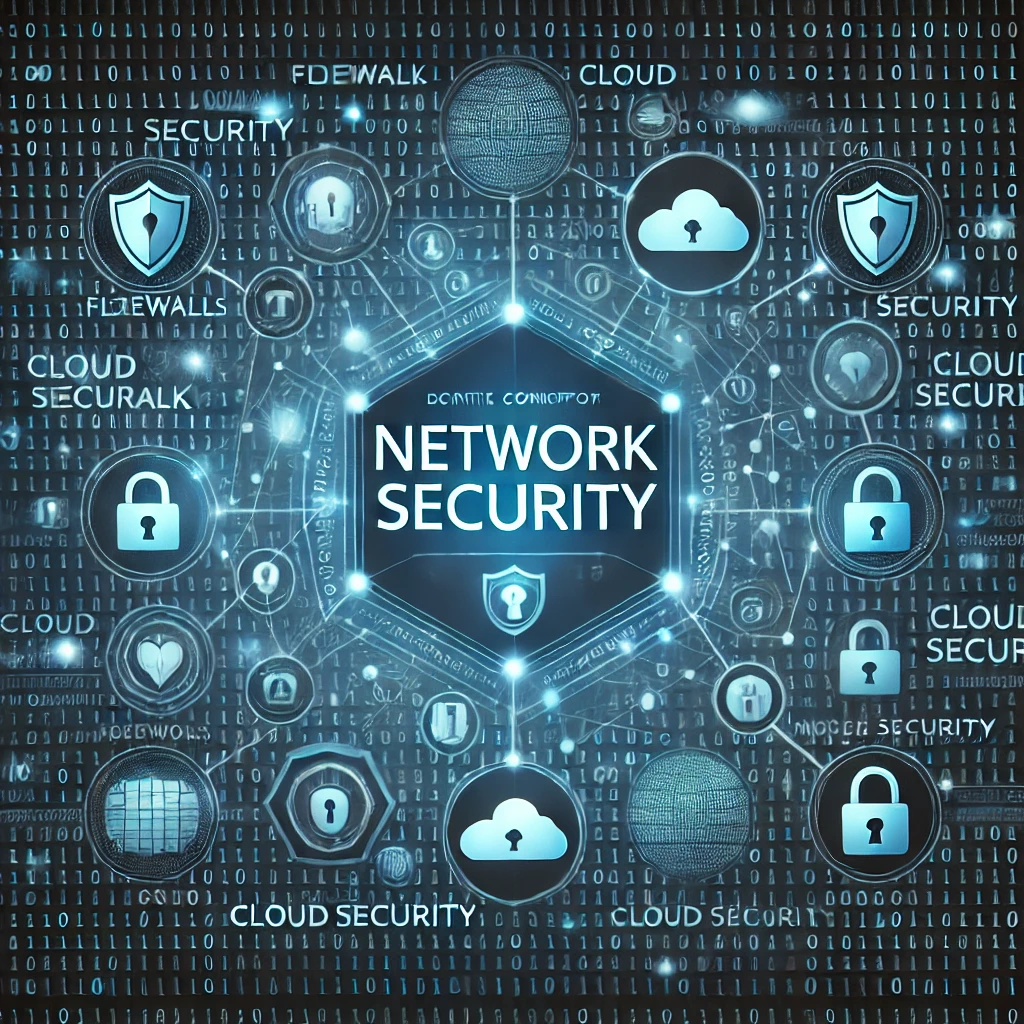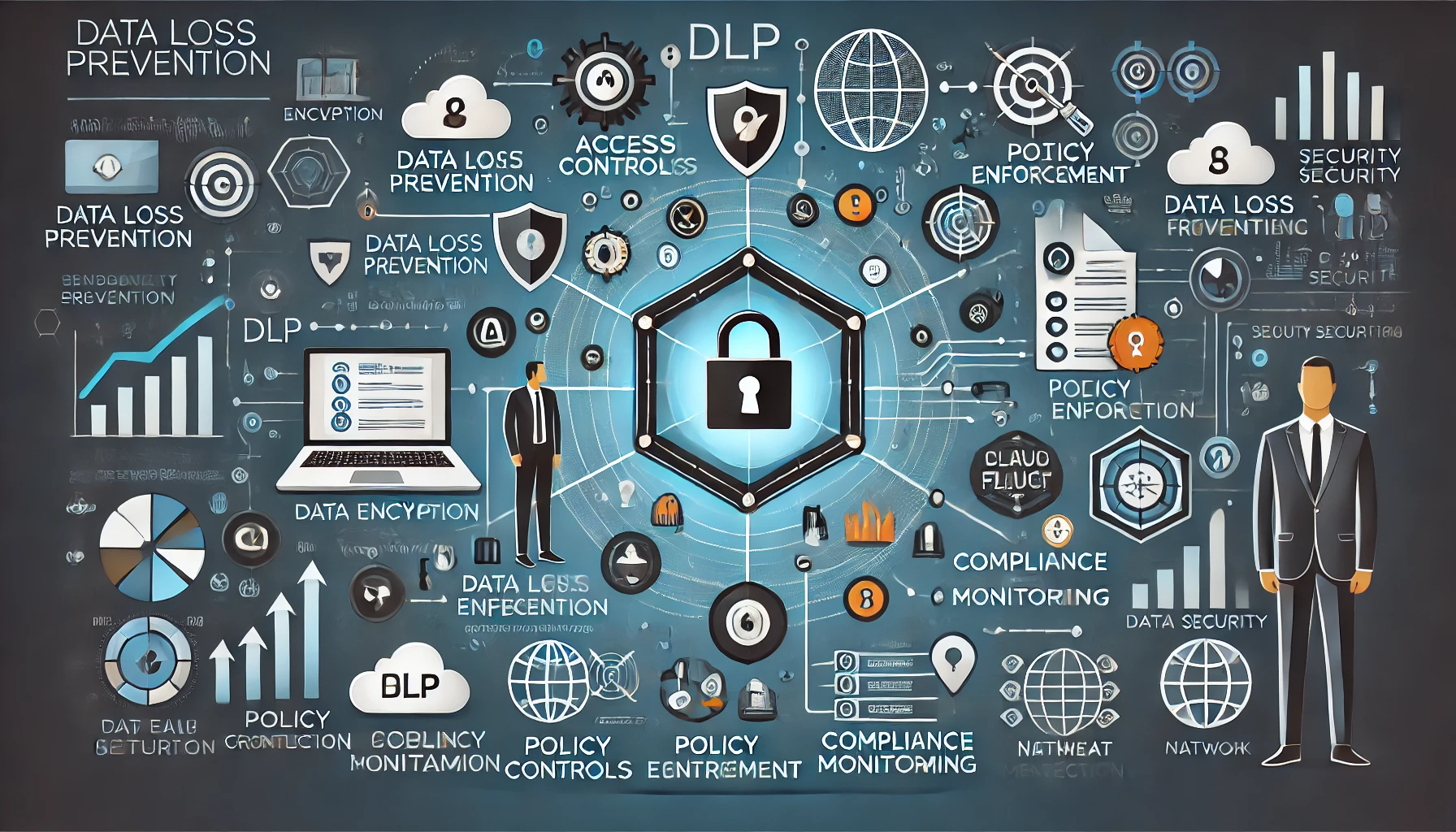The Evolution Toward Web 3.0 The internet has undergone several evolutionary shifts since its inception, from Web 1.0, which was primarily static, to Web 2.0, the era of social media and dynamic content. Now, we are entering the age of Web 3.0, a decentralized internet built on blockchain technology, smart contracts, and peer-to-peer interactions. For cybersecurity specialists and tech enthusiasts, Web 3.0 presents both opportunities and challenges. This article will break down how Web 3.0 works, its benefits, its security implications, and why it is revolutionizing the digital world. What…
Read MoreCategory: Cybersecurity Definitions
Migration to the Cloud | Preparing for Microsoft’s End of Support for Exchange
“Is your organization ready for the upcoming changes in Microsoft Exchange support?” As technology evolves, so do the tools we rely on. Microsoft has announced that Exchange Server 2016 and Exchange Server 2019 will reach their end of support on October 14, 2025. After this date, Microsoft will no longer provide technical support, bug fixes, security updates, or time zone updates for these versions. This means that organizations still using these versions will face increased security risks and potential compliance issues. Therefore, it’s imperative for IT managers and migration teams…
Read MoreHow RMM Solutions Transform IT Departments in Large Enterprises
“What if your IT team could predict issues before they happen, manage hundreds of devices remotely, and improve efficiency—all without leaving their desks?” Welcome to the world of RMM (Remote Monitoring and Management) solutions. In large enterprises where managing thousands of endpoints, servers, and networks can feel overwhelming, RMM tools aren’t just a convenience—they’re a strategic advantage. In this article, we’ll explore how RMM solutions can revolutionize IT operations in large companies, the key benefits they offer, and why they’re becoming indispensable for modern IT departments. What is an RMM…
Read MorePrivileged Access | The Hidden Gold Mine for Cybercriminals
Cybercriminals are constantly evolving, employing automation tools, stealth tactics, and advanced strategies to infiltrate networks. However, while organizations focus on perimeter defense and endpoint security, attackers have set their sights on the ultimate targetprivileged accounts. A compromised privileged account turns a simple breach into a catastrophic event, allowing attackers to impersonate trusted users, move laterally across IT environments, and execute malicious actions without triggering alarms. This is why Privileged Access Management (PAM) has become one of the top security priorities for enterprises today. Why Privileged Accounts Are a Prime Target…
Read MoreMastering Data Security Posture Management (DSPM): Protecting the Backbone of Business Operations
In today’s data-driven landscape, businesses rely on vast amounts of information to operate efficiently, innovate, and maintain a competitive edge. However, this digital transformation has exposed organizations to unprecedented cybersecurity risks, requiring them to adopt Data Security Posture Management (DSPM) to ensure the protection, governance, and visibility of their data assets. With cyber threats evolving at an alarming rate and regulatory frameworks tightening worldwide, enterprises across all industries must take proactive measures to secure sensitive data, maintain compliance, and mitigate the risk of data breaches. This article explores the significance…
Read MoreThe Role of Network Access Control (NAC) in Modern Cybersecurity
Network Access Control (NAC) has emerged as a critical pillar in modern cybersecurity, addressing the complexities of securing increasingly dynamic and heterogeneous networks. As organizations adopt IoT devices, enable remote work, and allow BYOD (Bring Your Own Device) policies, the need for robust control mechanisms becomes essential to ensure network integrity, minimize vulnerabilities, and maintain regulatory compliance. Why NAC Matters in Today’s Cybersecurity Landscape The modern enterprise network is no longer confined to a static perimeter. Devices ranging from employee laptops to IoT sensors continuously connect and disconnect, creating potential…
Read MoreThe Critical Role of the CISO in the Manufacturing Industry: Safeguarding the Future of Smart Manufacturing
In an era of digital transformation, the manufacturing industry is undergoing a profound shift with the adoption of smart technologies, Industrial Internet of Things (IIoT), and automation. However, with these advancements come significant cybersecurity risks, making the role of the Chief Information Security Officer (CISO) more critical than ever. Despite the growing threat landscape, many manufacturers have yet to fully grasp the importance of having a dedicated cybersecurity leader to safeguard their digital infrastructure, supply chains, and intellectual property. Why Manufacturers Need a CISO Now More Than Ever Manufacturers today…
Read MoreThe 5G Revolution: Transforming Connectivity and the Future of Digital Communications
The expansion of 5G technology marks a transformative milestone in telecommunications, promising faster speeds, lower latency, and enhanced connectivity across industries and everyday life. As we increasingly rely on digital applications, cloud services, and connected devices, 5G emerges as the backbone of the next digital revolution. This article explores the history of 5G, how it differs from previous generations like 4G, and its implications for businesses, consumers, and even public health. We’ll also examine how 5G compares to Elon Musk’s Starlink satellite network and which telecom companies are leading the…
Read MoreIdentifying and Mitigating Hidden Cyber Threats in Your Network
Recognizing the Presence of Hackers Cyber threats are increasingly sophisticated, and detecting their presence within an organization’s network requires a keen eye for specific signs. Suspicious user account activity, such as failed login attempts, logins from unfamiliar locations, and simultaneous sessions from different devices, could indicate a breach. Unusual network traffic patterns, including unexpected data transfers or abnormal communication with external servers, are also red flags. Performance degradation, such as slow applications and high resource usage, might suggest malware activity. Changes to security settings, such as modified firewall rules or…
Read MoreBuilding a Robust Data Loss Prevention (DLP) Program: A Technical Implementation Guide
As organizations face growing threats to data security, implementing a strong Data Loss Prevention (DLP) program has become a necessity. DLP aims to protect sensitive data from unauthorized access, accidental leaks, and malicious threats. However, the successful implementation of a DLP program requires more than just technology—it demands a well-structured strategy, involving people, processes, and tools. Key Steps to Implementing a Successful DLP Program Defining the Scope and Identifying Critical Data Establishing Governance and Awareness Designing the DLP Architecture Addressing Dependencies and Enhancing Security Deploying and Continuously Improving the Program…
Read More